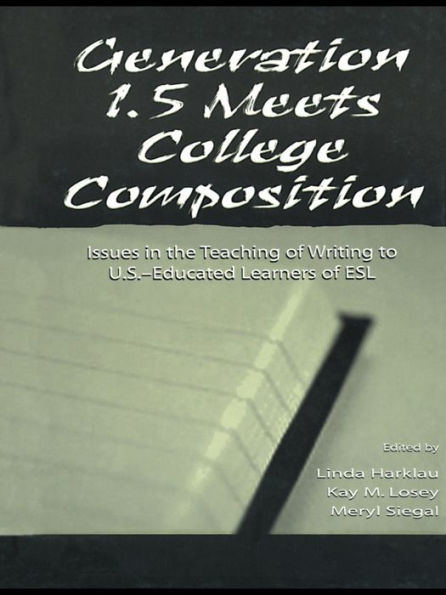Table of Contents
Contents: Preface. L. Harklau, M. Siegal, K.M. Losey, Linguistically Diverse Students and College Writing: What Is Equitable and Appropriate? Part I: The Students.I. Leki, "Pretty Much I Screwed Up": Ill-Served Needs of a Permanent Resident. J. Rodby, Contingent Literacy: The Social Construction of Writing for Nonnative English-Speaking College Freshman. J. Frodesen, N. Starna, Distinguishing Incipient and Functional Bilingual Writers: Assessment and Instructional Insights Gained Through Second-Language Writer Profiles. Y-S.D Chiang, M. Schmida, Language Identity and Language Ownership: Linguistic Conflicts of First-Year University Writing Students. Part II: The Classrooms.B. Hartman, E. Tarone, Preparation for College Writing: Teachers Talk About Writing Instruction for Southeast Asian American Students in Secondary School. L.L. Blanton, Classroom Instruction and Language Minority Students: On Teaching to "Smarter" Readers and Writers. D.R. Ferris, One Size Does Not Fit All: Response and Revision Issues for Immigrant Student Writers. A.M. Johns, Opening Our Doors: Applying Socioliterate Approaches (SA) to Language Minority Classrooms. Part III: The Programs.N.D.S. Lay, G. Carro, S. Tien, T.C. Niemann, S. Leong, Connections: High School to College. K. Wolfe-Quintero, G. Segade, University Support for Second-Language Writers Across the Curriculum. D. Muchinsky, N. Tangren, Immigrant Student Performance in an Academic Intensive English Program.



